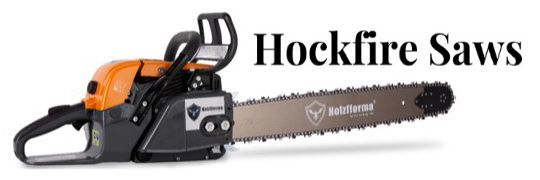- Local time
- 11:47 PM
- User ID
- 4
- Joined
- Dec 3, 2015
- Messages
- 52,954
- Reaction score
- 352,706
- Location
- Banner Springs Tennessee
My uneducated brain hurts when I think about the "why's"...
It's all a combination of rod length, crank throw, and piston crown height. You can come up with endless combinations of these three things and still have the same total stroke. Any extreme of these combinations will create different characteristics like side load, dwell time, etc.
Its a combination of all three. So you could have a short rod with more throw on the crank ( moving the rod pivot further from the crank centerline) and a taller piston crown height. Or a long rod with short crank throw ( pivot closer to crank centerline) and a short crown height. These two setups could have the same exact amount of stroke. However these two setups would have different running characteristics and wear issues.How can rod length change stroke? 4" or 4', it still moves the same distance from bdc to tdc.
Or am I seeing this wrong?
Its a combination of all three. So you could have a short rod with more throw on the crank ( moving the rod pivot further from the crank centerline) and a taller piston crown height. Or a long rod with short crank throw ( pivot closer to crank centerline) and a short crown height. These two setups could have the same exact amount of stroke. However these two setups would have different running characteristics and wear issues.
All other things being equal a longer or shorter rod would change stroke. Let's say you have an engine with a 4" rod now. If you put a 3" rod on that same crank and piston you have now reduced stroke by 1" and your compression sucks because the piston is 1" shy of the combustion chamber. So you could put a piston with 1" more height from wrist pin to crown and have a running engine with now reduced 3" stroke. Or you you could do the opposite, take out the 4" rod and replace it with a 5" rod. Now the piston is too tall by 1" and the engine won't turn over. Hypothetically you could replace that piston with one that is 1" shorter from wrist pin to crown and now you have a running engine that's been stroked to 5".
Dwell at TDC has something to do with it also.
I think this thread has morphed from the relation between bore and stroke amd its effect on power/torque to include con-rod length amd other stuff. Not a bad thing at all (this is very good discussion) just more complex than the original question i think?I'm still lost. Seems to me that only the crank throw establishes stroke, the others will effect timing, but otherwise just move the final crown height up or down.
I need to go play with some motors and figure that out...
This is all basically regarding 4 strokes, but the underlying stuff is the same.Believe it or not, wikidpedia actually has a pretty good read on stroke ratio.
https://en.m.wikipedia.org/wiki/Stroke_ratio
I've noticed on longer stroke engines the distance from the squish band to the top of the exhaust port is greater for the same degrees of rotation. An 046 is gonna be 24mm or so at 100°, and a 7900 is gonna be about 26mm.
I think that matters......a longer power stroke in the same amount of crankshaft rotation.
Believe it or not, wikidpedia actually has a pretty good read on stroke ratio.
https://en.m.wikipedia.org/wiki/Stroke_ratio
Time-area?
Stroke is simply the distance from BDC to TDC. The length of the rod has no bearing on the stroke... It will be the same whether the rod is 1" or 1' in length.All other things being equal a longer or shorter rod would change stroke. Let's say you have an engine with a 4" rod now. If you put a 3" rod on that same crank and piston you have now reduced stroke by 1" and your compression sucks because the piston is 1" shy of the combustion chamber. So you could put a piston with 1" more height from wrist pin to crown and have a running engine with now reduced 3" stroke. Or you you could do the opposite, take out the 4" rod and replace it with a 5" rod. Now the piston is too tall by 1" and the engine won't turn over. Hypothetically you could replace that piston with one that is 1" shorter from wrist pin to crown and now you have a running engine that's been stroked to 5".
It is definitely the 'trend' among OEM's nowadays to use wider bore/shorter stoke 2T designs. It seems the trend applies to commercial & performance 2T engines. It certainly works but what the magic ratio is, is hard to say. What is being done today, may not be what's being done in the future either, but I like rpms and chain speed, & I do like some of the torquey older designs too.
661 isnt 56mm now?The new 661 went the other way. Longer stoke and smaller bore than the 660. Mind blown......
661 isnt 56mm now?
Stroke is simply the distance from BDC to TDC. The length of the rod has no bearing on the stroke... It will be the same whether the rod is 1" or 1' in length.






